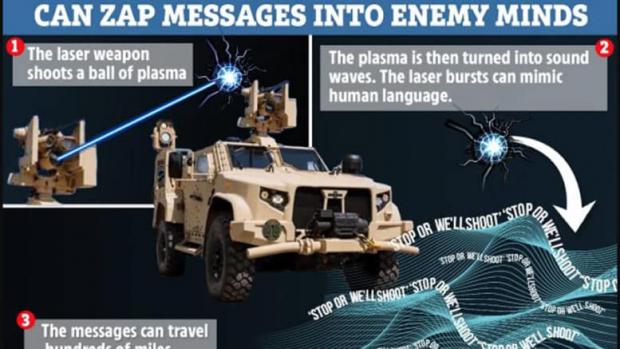
Breaking News
 Black Friday Shopping Guide for the Privacy Geek
Black Friday Shopping Guide for the Privacy Geek
 A lifeline for American farmers: Aid and trade deals on the horizon
A lifeline for American farmers: Aid and trade deals on the horizon
 Decoding Your Teen – #SolutionsWatch
Decoding Your Teen – #SolutionsWatch
 Carrot Fiber Boosts Gut Health and Strengthens Immune Defenses
Carrot Fiber Boosts Gut Health and Strengthens Immune Defenses
Top Tech News
 First totally synthetic human brain model has been realized
First totally synthetic human brain model has been realized
 Mach-23 potato gun to shoot satellites into space
Mach-23 potato gun to shoot satellites into space
 Blue Origin Will Increase New Glenn Thrust 15-25% and Make Rocket Bigger
Blue Origin Will Increase New Glenn Thrust 15-25% and Make Rocket Bigger
 Pennsylvania Bill – 'Jetsons Act' – Aims To Green-Light Flying Cars
Pennsylvania Bill – 'Jetsons Act' – Aims To Green-Light Flying Cars
 New Gel Regrows Dental Enamel–Which Humans Cannot Do–and Could Revolutionize Tooth Care
New Gel Regrows Dental Enamel–Which Humans Cannot Do–and Could Revolutionize Tooth Care
 Researchers want to drop lab grown brains into video games
Researchers want to drop lab grown brains into video games
 Scientists achieve breakthrough in Quantum satellite uplink
Scientists achieve breakthrough in Quantum satellite uplink
 Blue Origin New Glenn 2 Next Launch and How Many Launches in 2026 and 2027
Blue Origin New Glenn 2 Next Launch and How Many Launches in 2026 and 2027
 China's thorium reactor aims to fuse power and parity
China's thorium reactor aims to fuse power and parity
 Ancient way to create penicillin, a medicine from ancient era
Ancient way to create penicillin, a medicine from ancient era
Pentagon: Lasers That Beam Messages Into Your Head

Military scientists at the Pentagon are developing 'talking' lasers which can beam warnings straight into the enemy's head from hundreds of miles away.
Weapons researchers at the Department of Defense say the hi-tech weapon will be able to send brief messages – in the form of audible speech – across combat zones.
The aircraft, ship and truck-mounted devices are being developed as part of a military initiative called the Joint Non-Lethal Weapons Directorate.
The scientists plan to use a phenomenon of physics called the Laser-Induced Plasma formation to make the laser a reality.
First, they fire a powerful laser that creates a ball of plasma. Then, a second laser works to oscillate the plasma creating sound waves.
These intense laser bursts can then perfectly mimic human language, chief scientist Dave Law told the Military Times.
He added that the technology could be ready for battle in just five years.
A video shared to publicise the Pentagon project shows the weapon saying 'Stop or we'll be forced to fire upon you.'
Scientists say these laser-grams will soon be able to beam hundreds of miles away.



